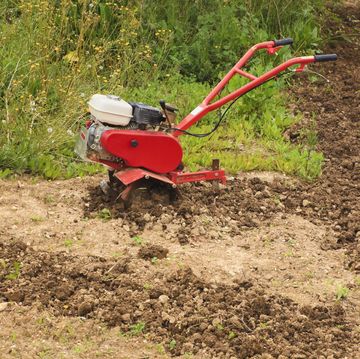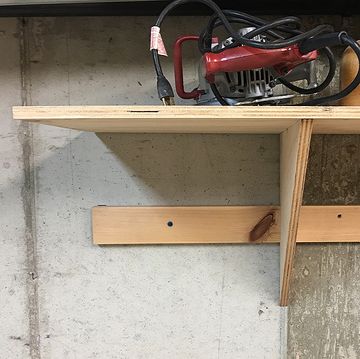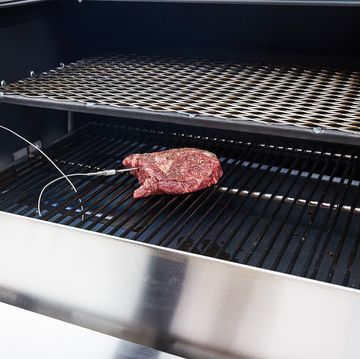No one likes the idea of cleaning dishes with a germy sponge. But we've all heard about several methods for cleaning them. Which is best?
We worked with EMSL Analytical testing lab in Westmont, New Jersey, to find out. Consumers used sponges for a week in their kitchens, and the lab tainted others with three common pathogens: salmonella, E. coli, and pseudomonas.
We tested six cleaning methods to see which removed the most bacteria:
- Dishwasher
- Microwave
- Washing machine
- Bleach soak
- Ammonia soaks
- Vinegar soak
The Best Germ Killer
The bleach solution killed 99.9% of the three bacteria strains from all our test sponges (scrub and regular cellulose), a benchmark based on the EPA's requirement for sanitization of non-food-contact surfaces.
Here's how to do it:
Mix 3/4 cup of bleach in one gallon of water, and soak the sponge for five minutes.
Runners Up
The microwave and the dishwasher were the next most effective, zapping 99.9% of germs from the home-used sponges and from the lab-treated scrub sponges. However, on the lab-treated cellulose sponges, microwaving just missed the mark for E. coli (99.83% reduced), and the dishwasher didn't quite get all the salmonella or E. coli (99.88 and 99.86% reduced, respectively).
Here's how to do it:
Put a sponge into a regular dishwasher load, using the "heated dry" setting. In the microwave, saturate the sponge (we used 1/4 cup of water for scrub sponges and 1/2 cup for cellulose); heat on High for one minute (scrub) or two minutes (cellulose). Keep an eye on it.
The Rest
A five-minute soak in full-strength vinegar averaged 99.6% bacteria elimination; in full-strength ammonia, 97.0%. The washing machine proved least effective, killing on average 93.0% of bacteria.
When It's Time to Replace
No matter how diligent you are about cleaning, your kitchen sponges won't last forever. Clean sponges weekly, and toss shabby ones (about every two to eight weeks, depending on use).
TELL US: Could your sponge use a good cleaning?
More Cleaning Tips:
• The Best Way to Clean Plastic Food Colors
• 5 Smart Ways to Stretch Your Cleaning Products
• 10 Genius New Uses for Dish Soap













